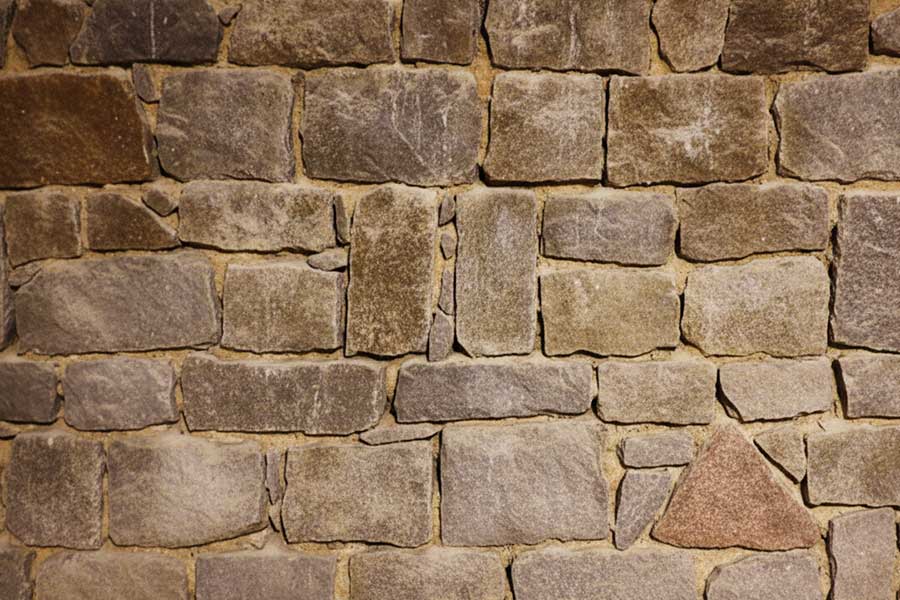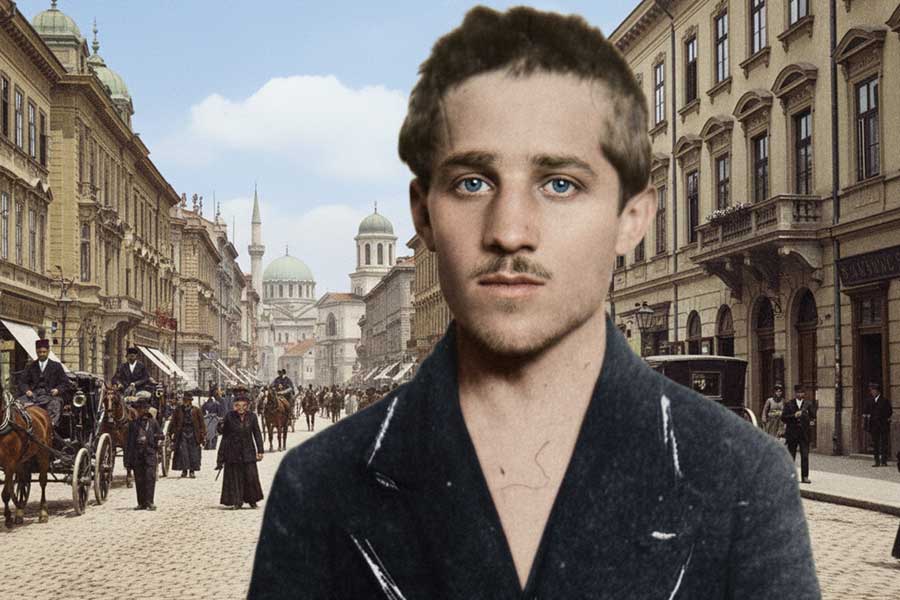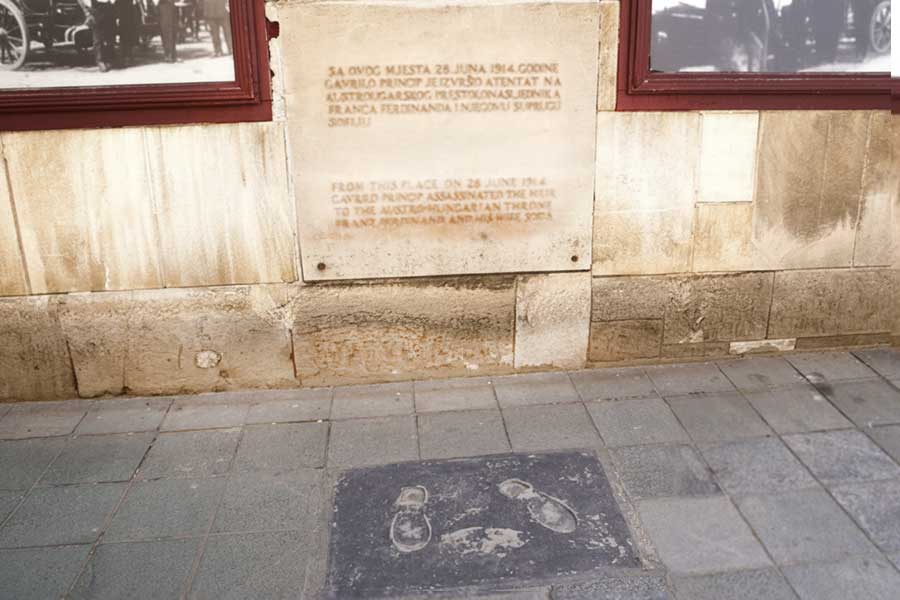When you walk through Sarajevo, it’s hard not to notice the Miljacka River. It cuts the city in half, and dozens of bridges connect its banks, people, and centuries. Among them, one stands out – Latinska ćuprija, better known to visitors as the Sarajevo Latin Bridge.
At first glance, it looks modest: stone arches, simple lines, no ornaments. But once you learn its story, you realize this is the place where “a small bridge became a turning point in world history.”
Table of Contents
A Bridge That Remembers Empires
Entering Bosnia and Herzegovina is straightforward for most travelers. If you’re coming from the European Union, the United States, the United Kingdom, Canada, or Australia, you do not need a visa for stays up to 90 days. All you need is a valid passport that must be valid for at least three months after your planned entry.
For citizens of countries outside the visa-free regime, a visa application is required at a Bosnian embassy or consulate. It’s always best to check updated information on the official Ministry of Foreign Affairs website before traveling.
The good news is that no special vaccinations or health certificates are needed – visiting Sarajevo is as simple as traveling to any other European destination.
What Is Latin Bridge Made Of?

The bridge was built with stone, connected with gypsum mortar. It has four arches resting on three strong piers, and small “eyes” above the piers that relieve water pressure when the river swells. Its length is about 40 meters – compact and almost intimate. Standing in the middle, the bridge feels designed to connect people rather than impress with grandeur.
And that is its quiet beauty. While many European bridges were built to be monumental, the Latin Bridge is calm, simple, ordinary. But that ordinariness stands in sharp contrast to what happened here in 1914.
The Assassination That Changed the World

On June 28, 1914, Sarajevo was full of celebration. The Austro-Hungarian heir, Archduke Franz Ferdinand, and his wife Sophie drove through the city. There had already been failed assassination attempts earlier that day, even a bomb near another bridge.
Then fate intervened. Their car took a wrong turn and stopped right by the north end of the Latin Bridge. Standing there was Gavrilo Princip, who fired two shots. Those bullets killed the couple and pushed the world into the chaos of the First World War.
Imagine the contrast: a small stone bridge, an ordinary summer day, the sound of the river – and then the gunshots that changed history. That’s the real juxtaposition of the Latin Bridge – peaceful and violent, everyday and world-shaking, all in one place.
Traces of Memory – Plaques and Footprints

If you ask locals or read threads on Reddit, a common question is: “Are Princip’s footprints still there on the pavement?” The answer is no. In the Yugoslav era, footprints of Gavrilo Princip were marked on the ground to show where he stood. In the 1990s, these were removed because the interpretation of the assassination had become too sensitive. Today, there’s only a neutral plaque from 2014, stating simply that the assassination took place here.
Right next to the bridge is the Sarajevo Museum 1878–1918, dedicated to the Austro-Hungarian period and the events surrounding the assassination. It’s the best place to get the full context, see original photos, and learn about the city during that time.
Names Through Time: From Latin Bridge to Princip’s Bridge and Back
What many don’t know is that the bridge hasn’t always had the same name. After World War I, in honor of Gavrilo Princip, it was renamed Princip’s Bridge. That name remained until the 1990s, when the original name – Latin Bridge – was restored. The change in names shows how history and politics leave their marks on urban spaces. One bridge, two very different narratives.
What to See Today
Visiting the Latin Bridge is free and easy. It’s right in the heart of Sarajevo, next to the Old Town. If you go, here’s what you can explore within a few minutes:
- Sarajevo Museum 1878–1918 – immediately next to the bridge.
- City Hall (Vijećnica) – a magnificent Austro-Hungarian building, rebuilt after the war.
- Baščaršija – the Ottoman heart of the city, with the famous Sebilj fountain and Gazi Husrev-bey Mosque.
- Meeting of Cultures – a symbolic line on Ferhadija street where East and West meet.
So, visiting the Latin Bridge is not just about one bridge – it’s about walking through centuries of Sarajevo’s history in just half an hour.
Questions People Often Ask
Based on Reddit discussions and tourist forums, here are the most common questions:
Did the assassination happen on the bridge?
No. It happened at the north end of the bridge, on the corner by today’s museum.
Are Princip’s footprints still there?
No. They were removed in the 1990s. Now there’s only a neutral plaque from 2014.
Is this the original bridge from 1914?
Yes. The current version dates back to 1798, so it’s the same bridge that stood during the assassination.
Why is it called the Latin Bridge?
Because it connected to the Latin Quarter, where Catholic merchants and craftsmen lived.
Is the museum worth visiting?
Absolutely. The Sarajevo Museum 1878–1918 gives fascinating insight into the Austro-Hungarian period and the events of 1914.
Our Most Popular Tours To Sarajevo
We offer many tours that include a visit to Sarajevo and its most popular locations:
- Sarajevo Siege Tour & War Tunnel 1992 / 1996 (Most Popular)
- Full Day tour from Sarajevo to Međugorije & Mostar
- Full Day Tour from Sarajevo to Travnik and Jajce
- Full-Day 5 Cities Tour from Sarajevo to Herzegovina (Mostar)
- Full day Tour from Sarajevo to Dubrovnik (Kotor or Split)
- Full Day tour from Sarajevo to Belgrade
Don’t Hesitate To Say Hi!
Got any questions about our tours or the city? Don’t hesitate to contact us anytime for more info and booking.
Use the following phone number and email:

